GLA HOME > GLA NEWS > Motor carriers face hodgepodge of regs in EU for oversize loads
Editor:glafamily Release time:2016-04-11 Browse:11767
Single market? Not for motor carriers seeking road permits for oversize or overweight loads in the European Union. The EU’s 27 members still have a patchwork of country-by-country rules, with little automation to smooth the process.
“Every now and then you think you’re in a Kafka novel,” said Ton Klijn, managing director of Wagenborg Nedlift and secretary of ESTA, the European Association of Abnormal Road Transport and Specialized Cranes.
Motor carriers moving high-and-heavy loads over the road in Europe must obtain separate permits for each country, and sometimes for regions and municipalities, often in multiple languages. And in most cases they must do it manually, without the automation that’s become common in the United States.
Three years ago, an EU study estimated annual turnover on heavy transport at 2.5 billion euros, including almost 500 million euros spent on permitting, and that simplification could halve permitting costs.
The Netherlands has adopted technology for Web-based applications and issuance of specialized transport of oversize or overweight loads, but other EU nations have resisted. Government policymakers in other EU countries don’t want to eliminate paper-pushing jobs, Klijn said.
“It makes it horrific to try to get something moved that is over 40 or 50 tons,” he said. “From their point of view, it’s a good moneymaker. From our point of view, it goes into the cost of the product, which we’re only making more expensive on the international market.”
French road regulators, for example, require each load to be calculated separately to ensure it can cross a bridge safely, Klijn said. “Out of 1,000 loads, 800 will be similar,” he said. “So they can make the calculation one time and charge 800 times. It’s just a way of raising funds.”
Some French authorities require a motor carrier seeking a permit to first provide a shipment order, he said. “So you have the following situation — you ask the client for the order, the client asks what it’s going to cost, you say you don’t know because you haven’t gotten the permit yet, and the client says get the permit first, but you can’t get the permit until you have the order from the client,” Klijn said.
Truckers encounter similar problems in other countries. National governments’ reluctance to liberalize rules that restrict competition from other countries has increased along with the current strains on EU unity, Klijn said. It’s really a problem,” he said.
The United States, he said, has leapfrogged Europe in the ease of obtaining permits and in designation of special corridors for oversize shipments. The red tape eventually will undercut the competitiveness of European industries, he added.
“They can make it as difficult as they want, but in the end, things have to move, or companies that move product in Germany won’t get the order because the movement costs are too expensive,” he said. “Everyone in transport understands that they must have some kind of permitting system, but in my opinion, Europe is hindering itself with the way they use these rules.”
Previous:DP World Southampton to equip all straddle carriers with box-weighing system Next:Financing may be tallest hurdle for Africa ports
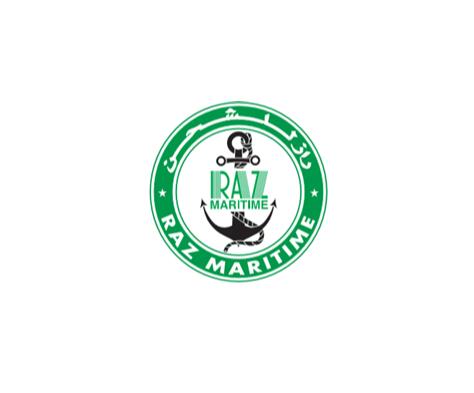
GLA New Membership —— Raz Maritime Services in Saudi Arabia!
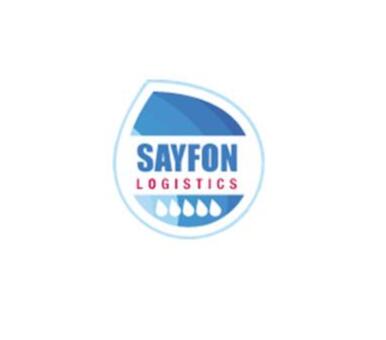
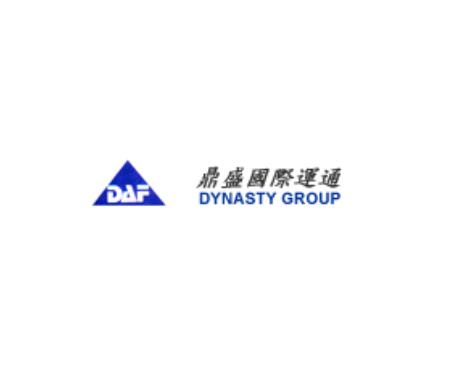
GLA Membership Renewal — Dynasty Air/Ocean Freight Co. Ltd in Taiwan!
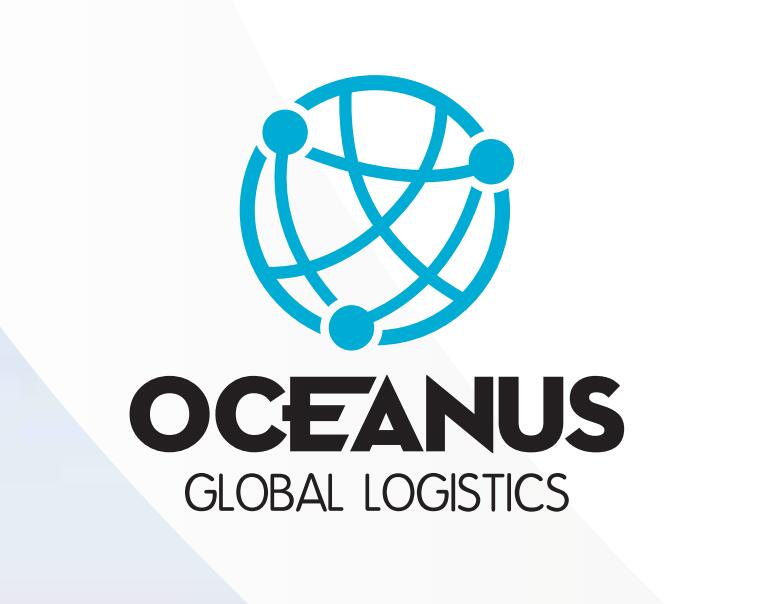
GLA Membership Renewal — Oceanus Global Logistics in Vietnam!
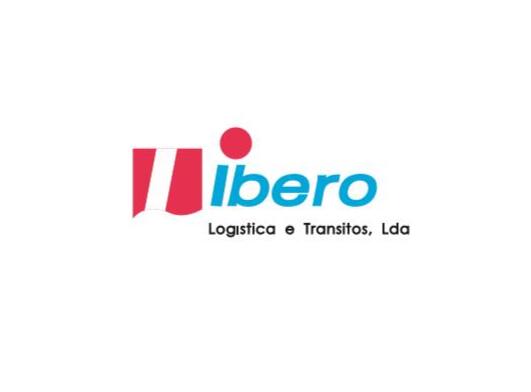
GLA Membership Renewal — Ibero Logística e Trânsitos Lda in Portugal
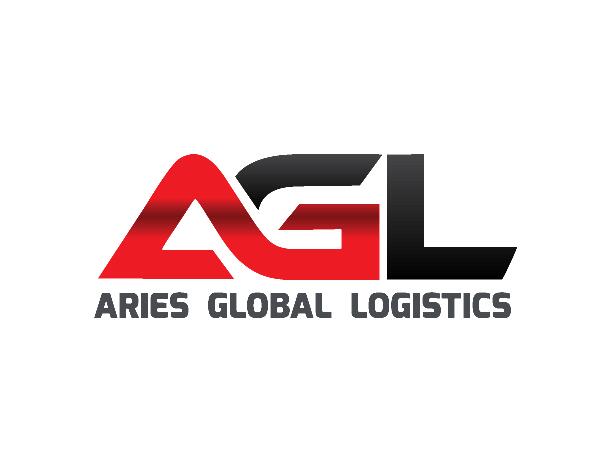
GLA New Membership — AG Logistics & Supply Chain Co. Ltd in Cambodia